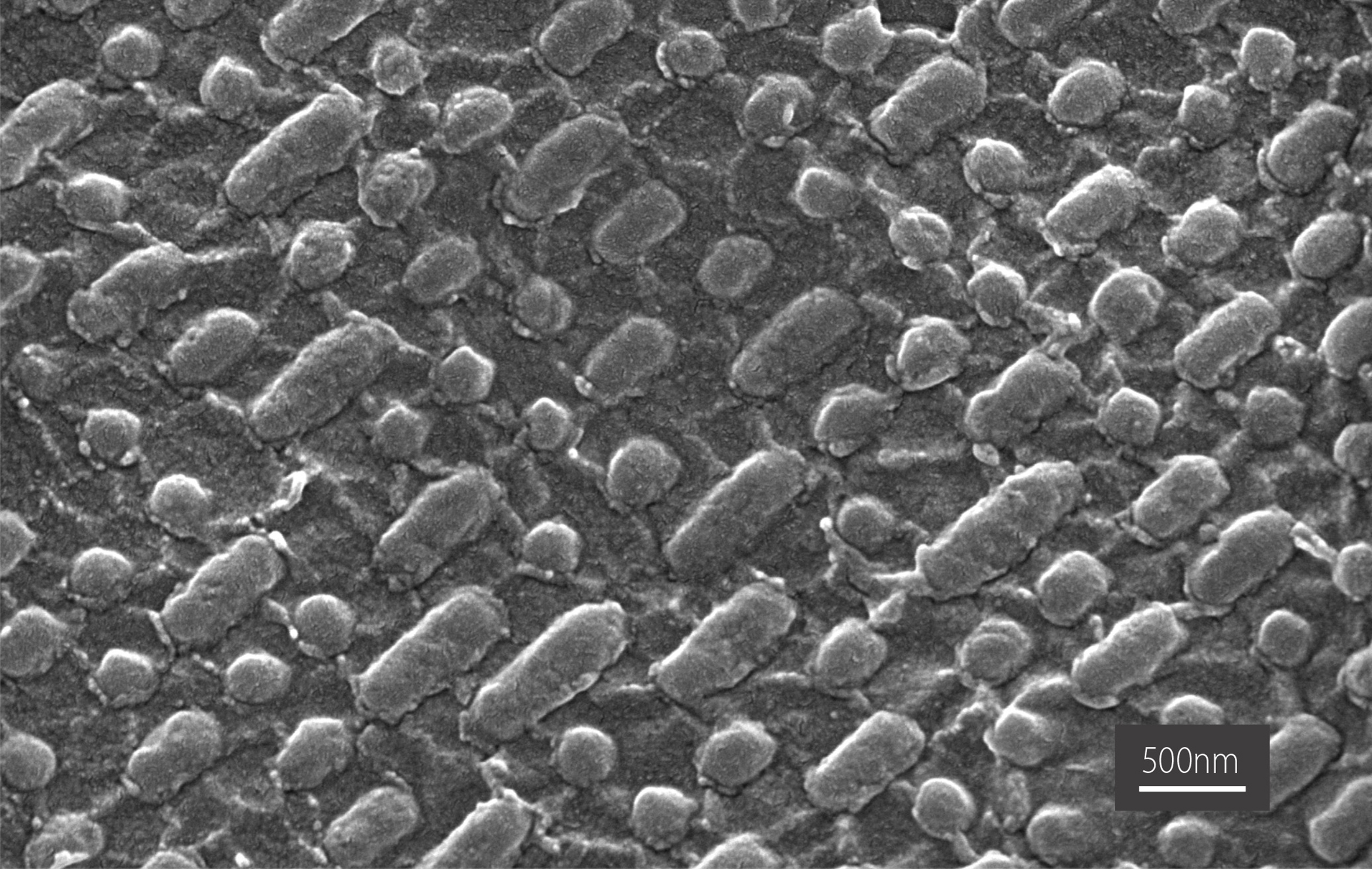Sutures and staples are standard tools for surgeons but their use can have adverse effects on the patient. The intermittent nature of the connection points allows air and fluid to leak through the wounds, particularly undesirable in procedures involving lungs, blood vessels, brain, intestines and urinary tract. Sutures and staples that remain in the body can cause scarring, adhesions and infection. Continuous strips of biocompatible material that can be securely bonded to tissue would help to avoid these problems.
A team led by Dr Antonio Lauto at Western Sydney University has developed a biocompatible and suture-less adhesive polymer for wound repair. It is made of chitosan, a linear polysaccharide, derived from the chitin shells of crustaceans. Photochemical bonding to tissue is mediated by a dye called rose bengal. When exposed to a cool laser the rose bengal crosslinks the adhesive to collagen in the tissue, forming a secure bond. There is no thermal or mechanical damage, unlike other laser crosslinking techniques which raise the temperature to around 70°C, burning the tissue.
To make the adhesive even stronger the research team took inspiration from geckos’ feet and incorporated nanoscopic bumps on the surface of polymer. This increases the surface area of the adhesive in contact with the tissue, increasing the Van der Waal’s forces that hold the two surfaces together.

Scanning electron microscope image of the chitosan adhesive surface.
Dr Rhiannon Kuchel worked with the team using high resolution scanning electron microscopy in the AMMRF (now Microscopy Australia) at the University of NSW to confirm the repeating pattern of rounded bumps on the polymer surface. Microscopy has also shown less tissue disruption during healing and functional experiments demonstrate better recovery with the chitosan adhesives as compared to sutures and staples. The polymer can also incorporate bioactive compounds that help the adhesive to gradually dissolve over time.
One-step nanofabrication technique produces a gecko-inspired monolayer adhesive that is biocompatible and bonds effectively to tissue.
November 27, 2016